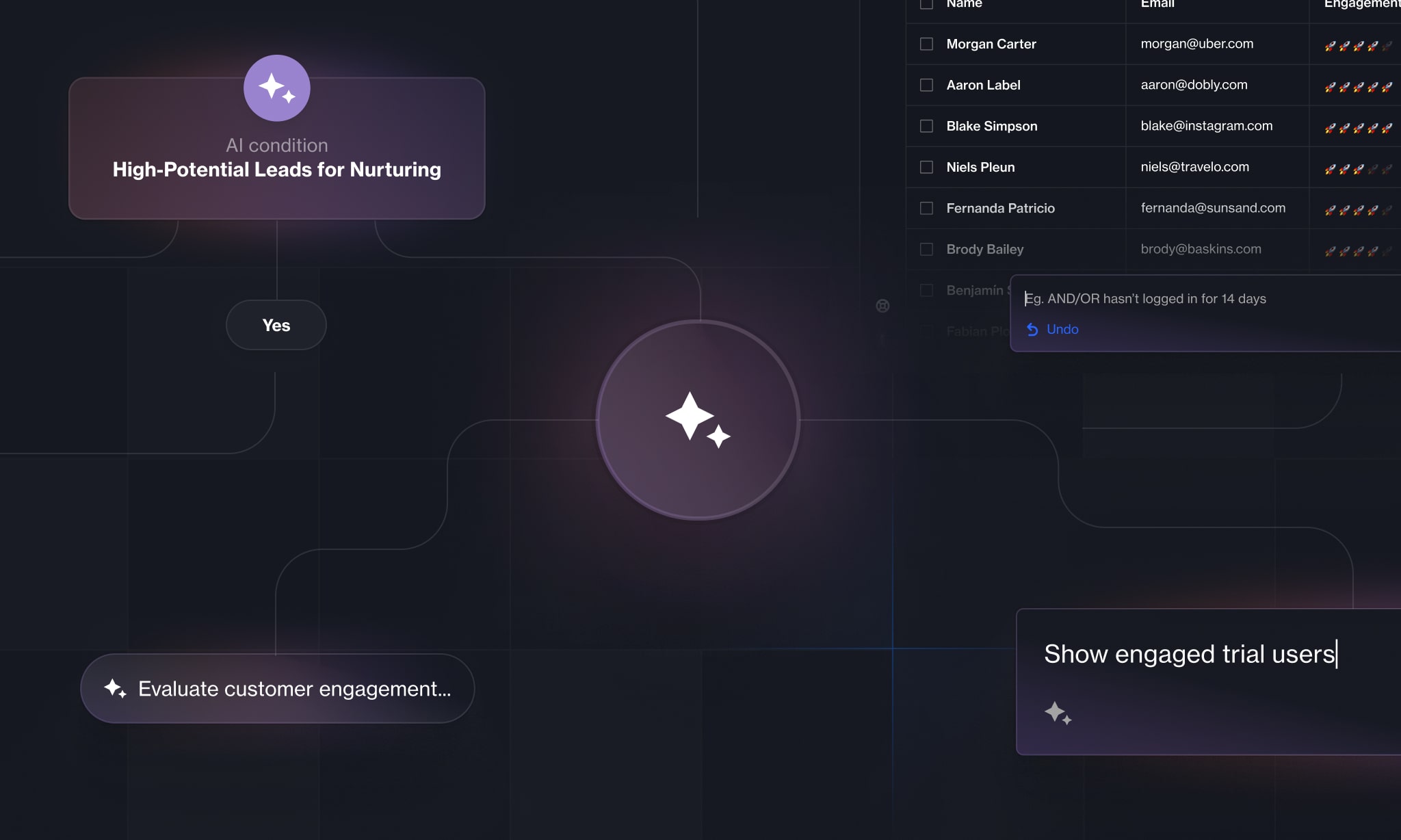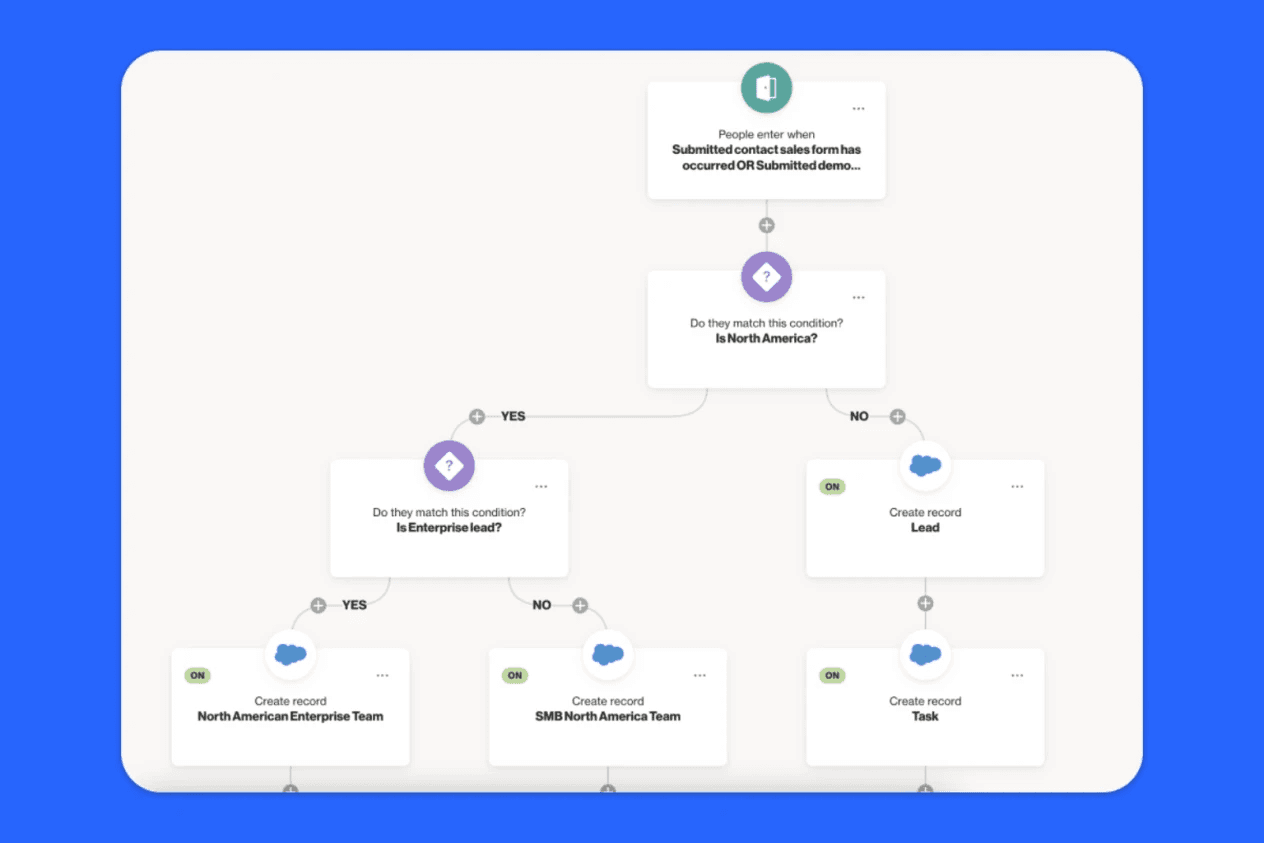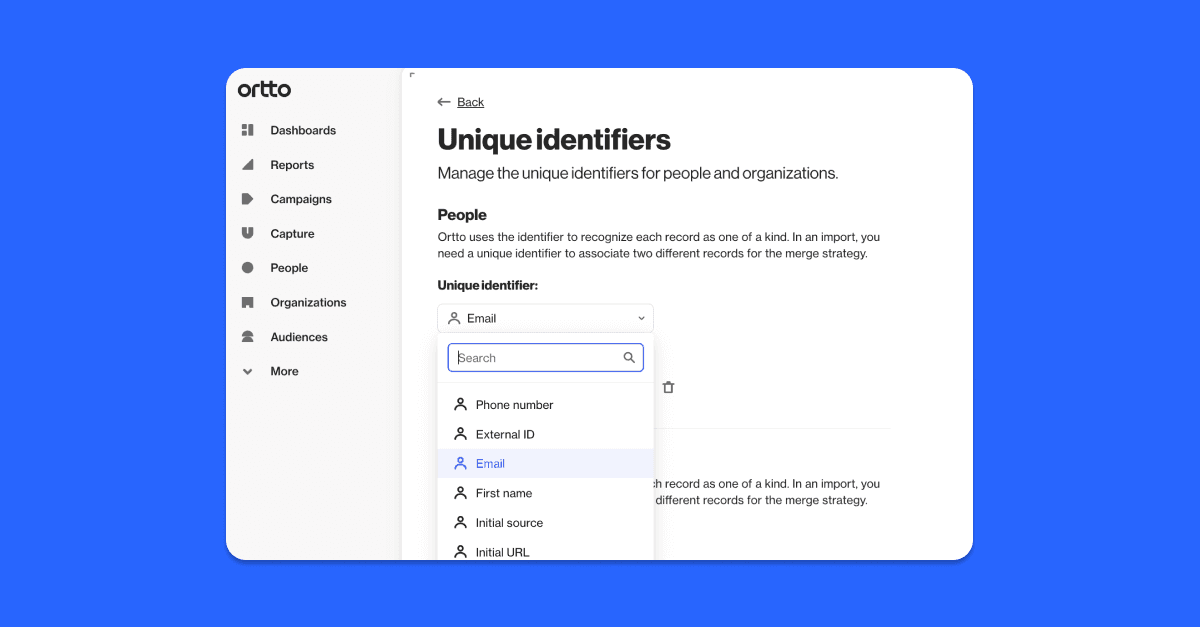Any marketer will tell you that the first step to establishing an online presence is to have a killer website. But a website alone won’t turn visitors into known users, and known users into customers. For that, you need something a little more specific.
Landing pages can supercharge your marketing efforts and are integral for lead capture and conversion. But building landing pages can be arduous and technical.
Landing page builders are tools that help marketers easily create landing pages that convert website visitors. All you have to do is find the best-fit tool for your business.
In this blog, we’ll help you find the right landing page builder for your business.
What is a landing page builder?
A landing page builder is a tool that allows you to build custom landing pages, manage them and optimize them to improve performance. With the right landing page builder, you can capitalize on your marketing efforts by capturing leads and presenting targeted messages to specific audiences. The result: increased sales and conversions.
It is possible to build your own landing page through hand-coding, or by using a CMS like WordPress. But if you don’t have the technical know-how, this route is difficult.
Another major plus: landing page builders can drastically cut down the time it takes to build a landing page. In a SaaS world where things move fast, this is essential. We're talking about needing to build and publish landing pages in minutes, not hours or days. Landing page builders promise speed.
Landing page builder features
Leveraging a landing page builder is a quick and easy alternative. Some common functionalities of such software include:
Landing page templates: Being able to choose from multiple basic templates means you don’t have to build a landing page from scratch. Having a template also means you can iterate landing pages at speed.
CTA integration: You should be able to incorporate whatever CTA you wish, e.g. signup forms, contact detail collection, product offering, promotional code retrieval, etc.
Easily customizable: Because the coding isn’t too advanced, it should be easy to customize your landing pages.
Landing page analytics: A landing page builder should offer a degree of analytics so you can measure the performance of your landing pages.
The features listed above are standard practices for a landing page builder. In addition to the must-haves, below are what some of the more advanced softwares can offer:
A/B testing: Some landing page builders allow you to create two versions of a landing page to see which performs better.
CSS: Many landing page builders use simple code, but some offer the option to use CSS.
Custom domain: Some landing page builders provide users with the opportunity to use custom domains, though this is usually a paid-for feature.
AI: Some landing page builders leverage AI to help users build optimized landing pages, including generating conversion-driven copy.
Specific templates: Basic templates are great to use when you’re getting started, but some tools offer industry-specifc and itention-specific landing pages. All you have to do is drag and drop your content.
Payment processing: Some Pro plans offer users the option to add a checkout form to a landing page (e.g. Stripe)
Integration with your tech stack: Some software offers integration with other marketing tools like email marketing software.
Now that you know the basic, must-have features of a landing page builder, as well as the advance, nice-to-have features, you can start to compare tools to find the right fit for your business.
Best landing page builders
1. Leadpages
Known for: Creating landing pages that sell to users as well as educate them.
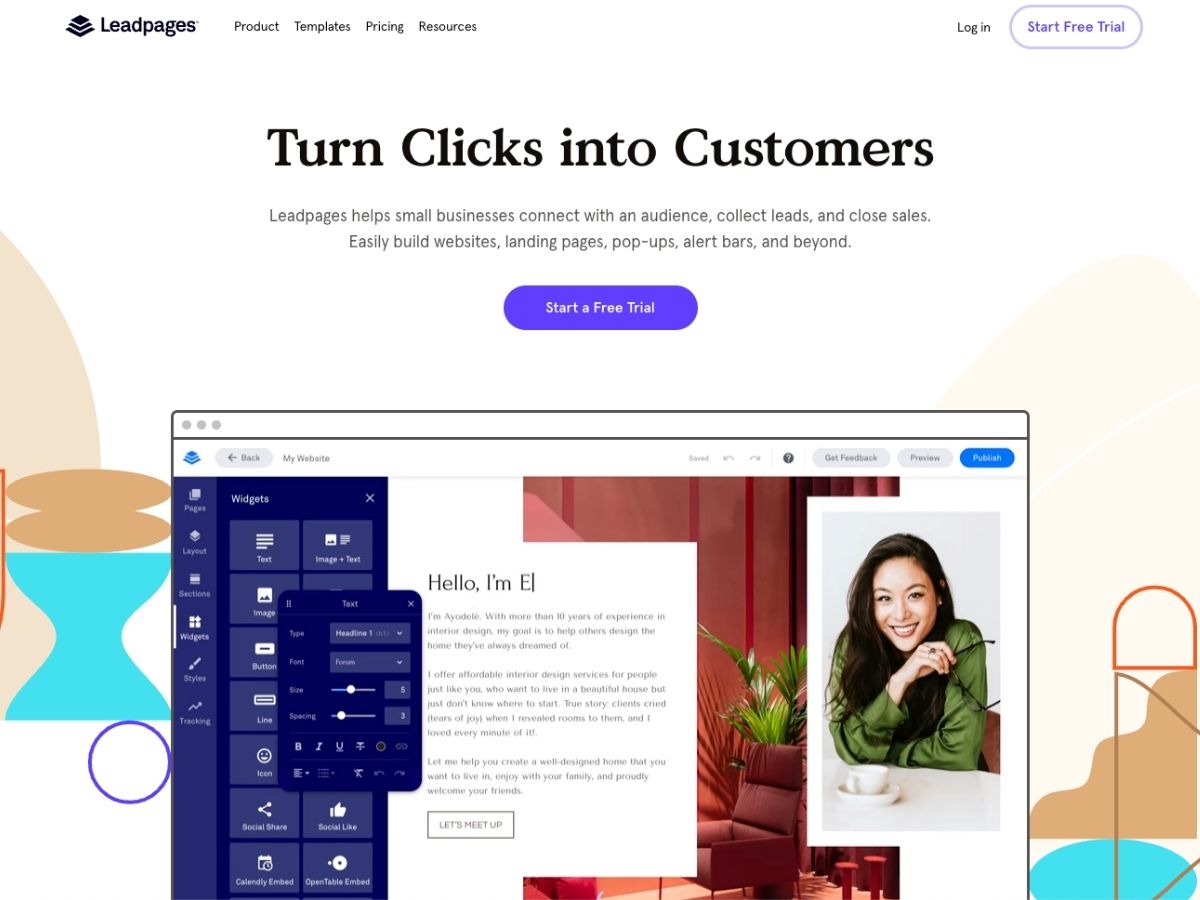
Leadpages is a digital lead generation software platform designed to enable marketers and entrepreneurs to scale their business by building websites and landing pages. Leadpages optimizes every page to ensure maximum lead collection and conversions. There isn’t a limit on the amount of pages users can publish, and tech skills are not required to do so.
Key features:
Drag and drop
Content library
Templates
Advanced customization
A/B testing
SEO
Mobile responsive
Web analytics
Ecommerce/email marketing/domain integration
2. Unbounce
Known for: Machine learning-powered, pre-optimized landing page templates.
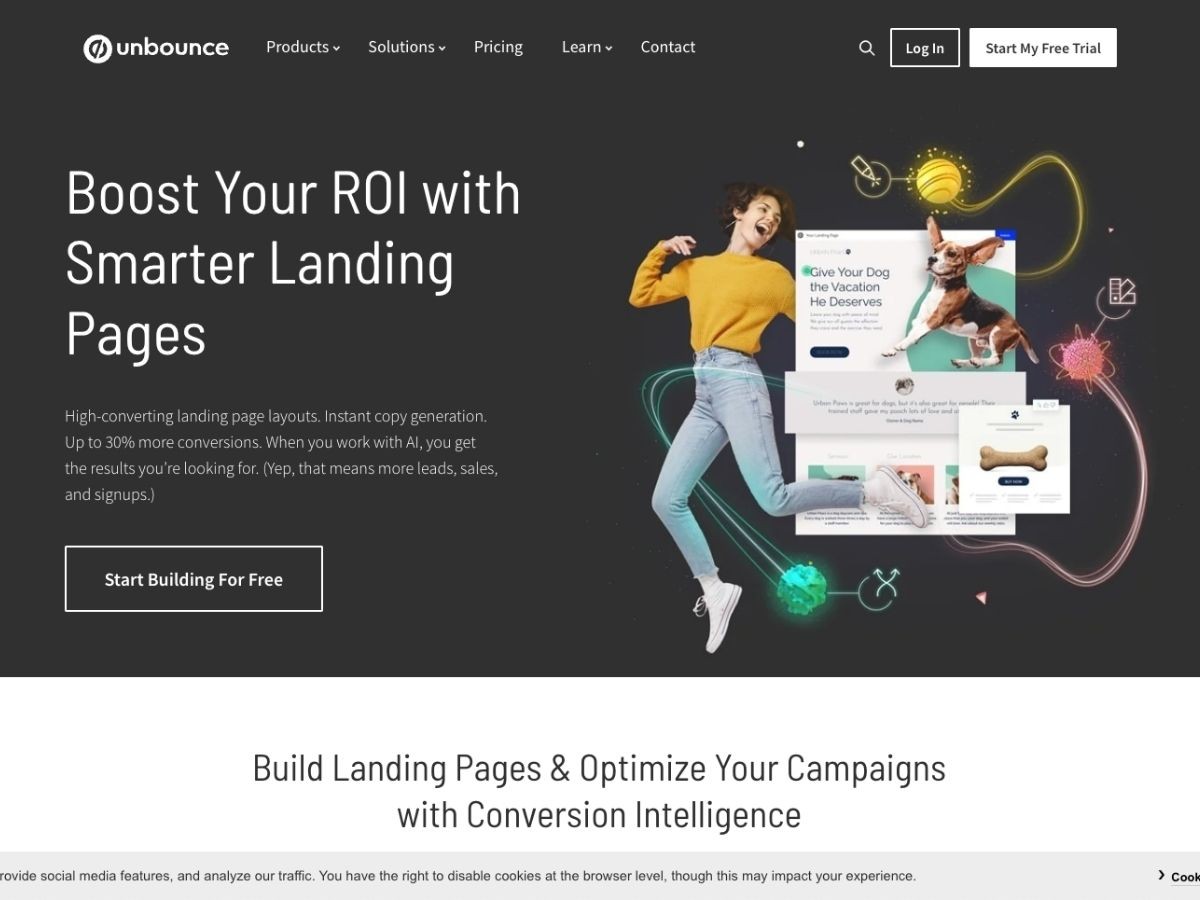
The Unbounce Conversion Intelligence Platform helps marketers convert visitors into leads, customers, and sales through pre-optimized landing pages. Unbounce’s landing pages are machine learning-powered, and landing page copy is tailored to the user’s industry, audience, and campaign goals to maximize conversions.
Key features:
No-code customization
A/B testing
CRM/email integrations
Email marketing/domain integration
Drag and drop
Content library
Templates
Advanced customization
SEO
Web analytics
3. Instapage
Known for: High conversion rates across 100 countries.
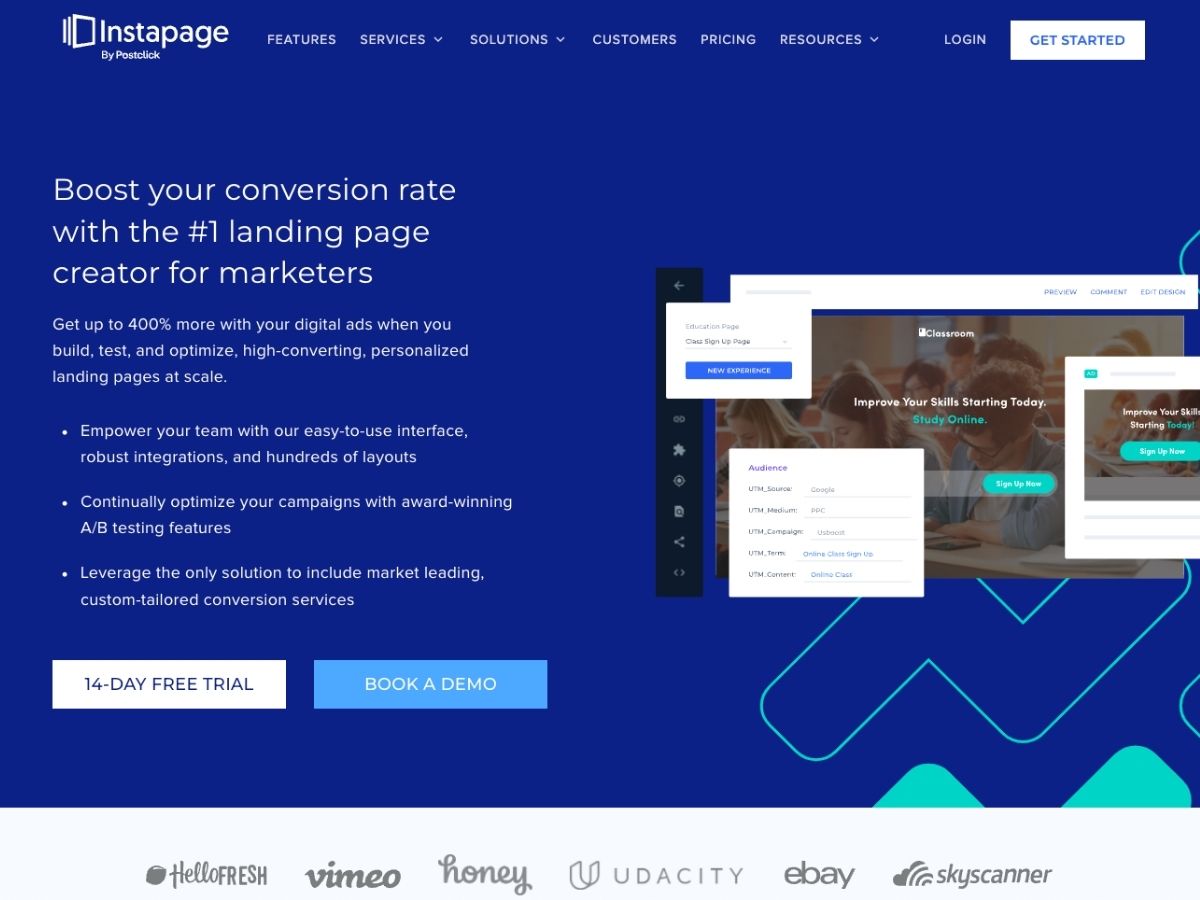
Instapage is a landing page builder that aims to help digital marketers maximize their advertizing returns. Instapage users can execute scalable page creation, ad mapping, experimentation, personalization and run analytics, all in a unified environment. This makes it easy to create, optimize, manage and measure multiple landing pages.
Key features:
Webpage element analysis
Heat maps
Templates
Advanced customization
Content library
Drag-and-drop
A/B testing
SEO
Email marketing integration
Domain integration
4. Swipe Pages
Known for: Affordability and ease-of-use.
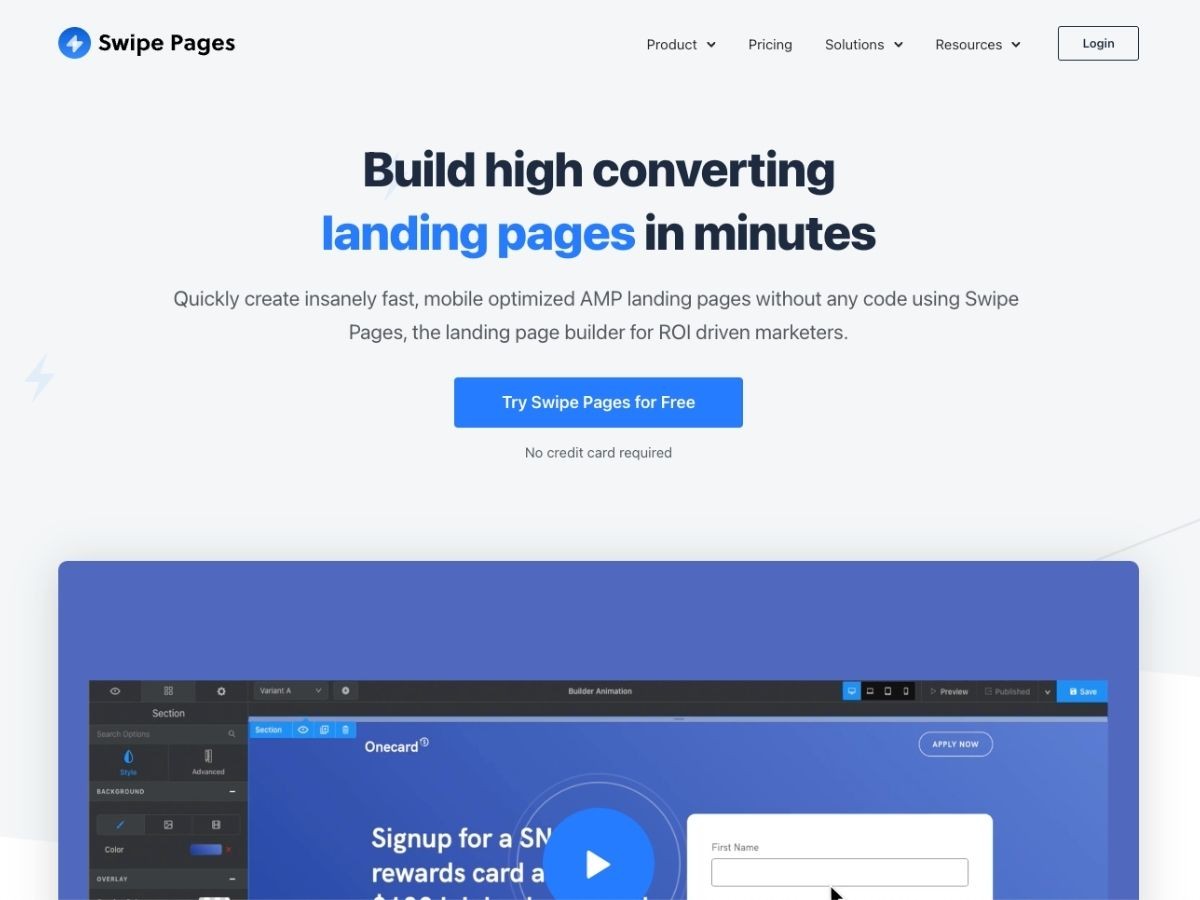
Swipe Pages is an affordable landing page builder where users can build Google AMP landing pages without writing any code. Swipe Pages offers over 40 landing page templates, which can be A/B tested and tracked using in-built analytics functionality. Swipe Pages can be integrated with CRM and email marketing software as well with as Zapier.
Key features:
Drag and drop
Content library
Templates
Advanced customization
A/B testing
SEO
Mobile responsive
Web analytics
Ecommerce/email marketing/domain integration
5. Carrd
Known for: Highly customizable landing page templates.
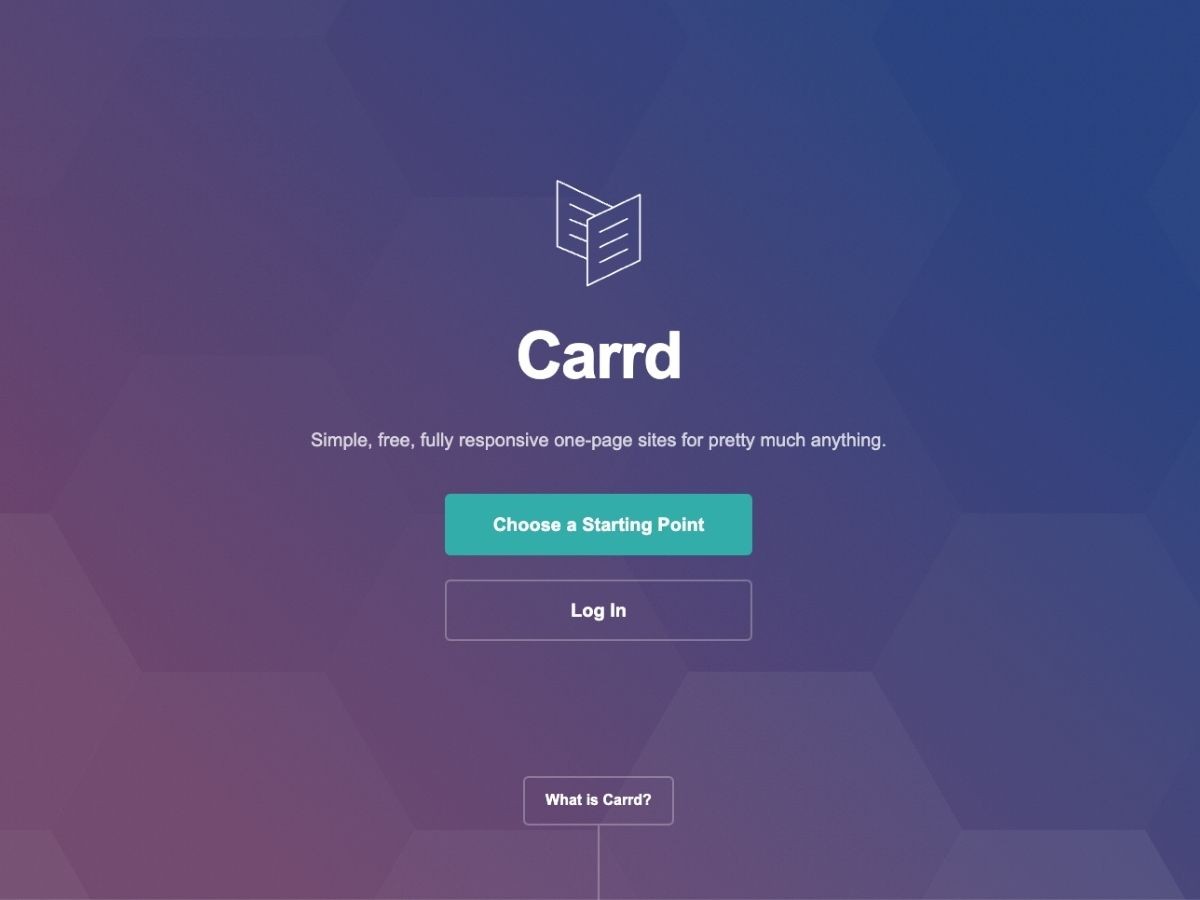
Carrd is a cloud-based platform that enables businesses to build one-page landing pages, profiled, portfolios, forms or websites. Carrd offers pre-built themes and templates for free, but users can also create custom pages. Developers can publish sites to custom domains and subdomains, and can also embed custom HTML, JavaScript, and CSS codes.
Key features:
Pre-built templates
Domain name
Content library
Drag and drop
Embed custom HTLM, JavaScript and CSS
Password management
Multimedia support
Mobile optimization
Custom fields/templates/fotms
6. Leadfox
Known for: All-in-one platform for SMBs and agencies.
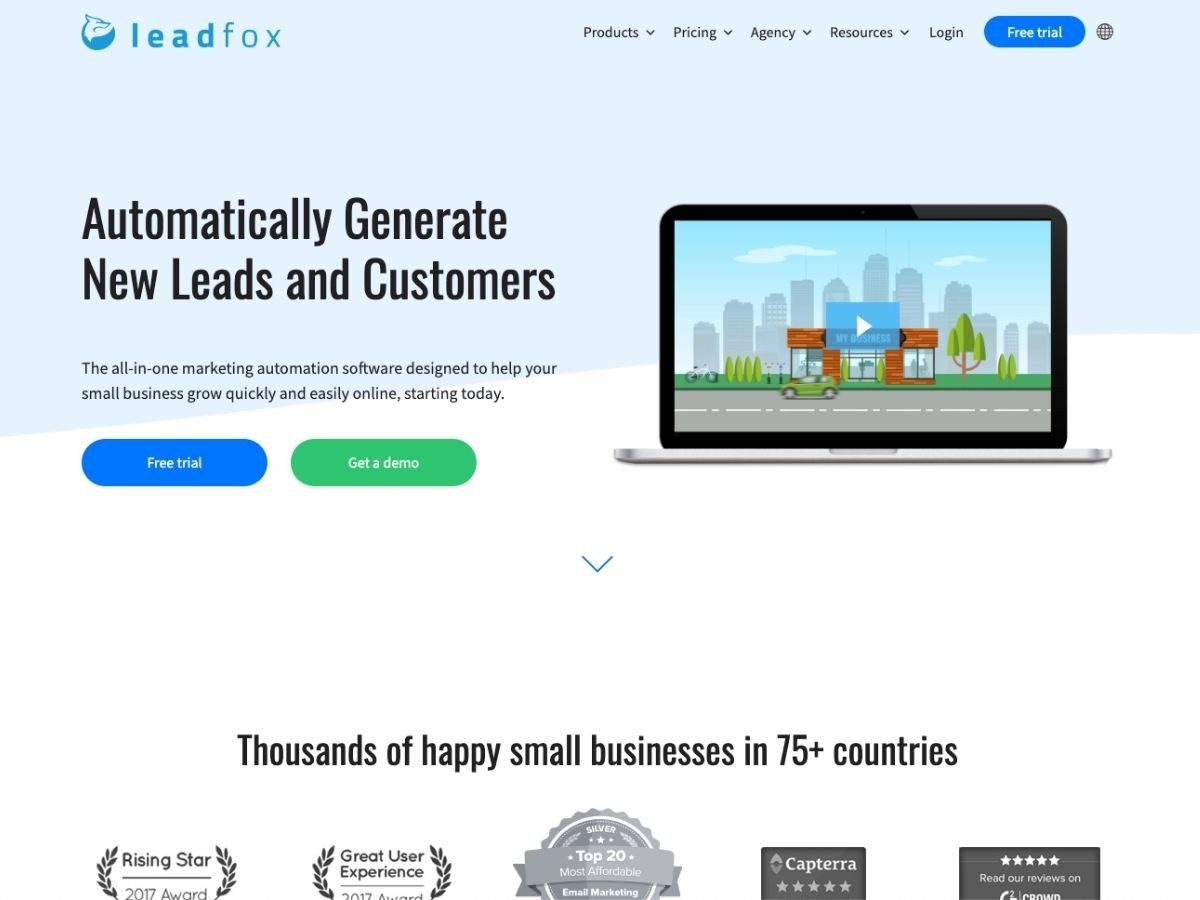
Leadfox is a marketing automation software where users can deploy all marketing tactics including emails, landing pages, pop-ups, banners, A/B tests, advertising and more. The platform is suited to SMBs and agencies who are entering the world of digital marketing and need an easy-to-use solution.
Key features:
Build and personalize emails
Sending outbound emails
Manage email deliverability
Automated email responses
Landing pages and forms
Dynamic content
A/B testing
Mobile optimized
7. Convertkit
Known for: Landing pages for email newsletters.
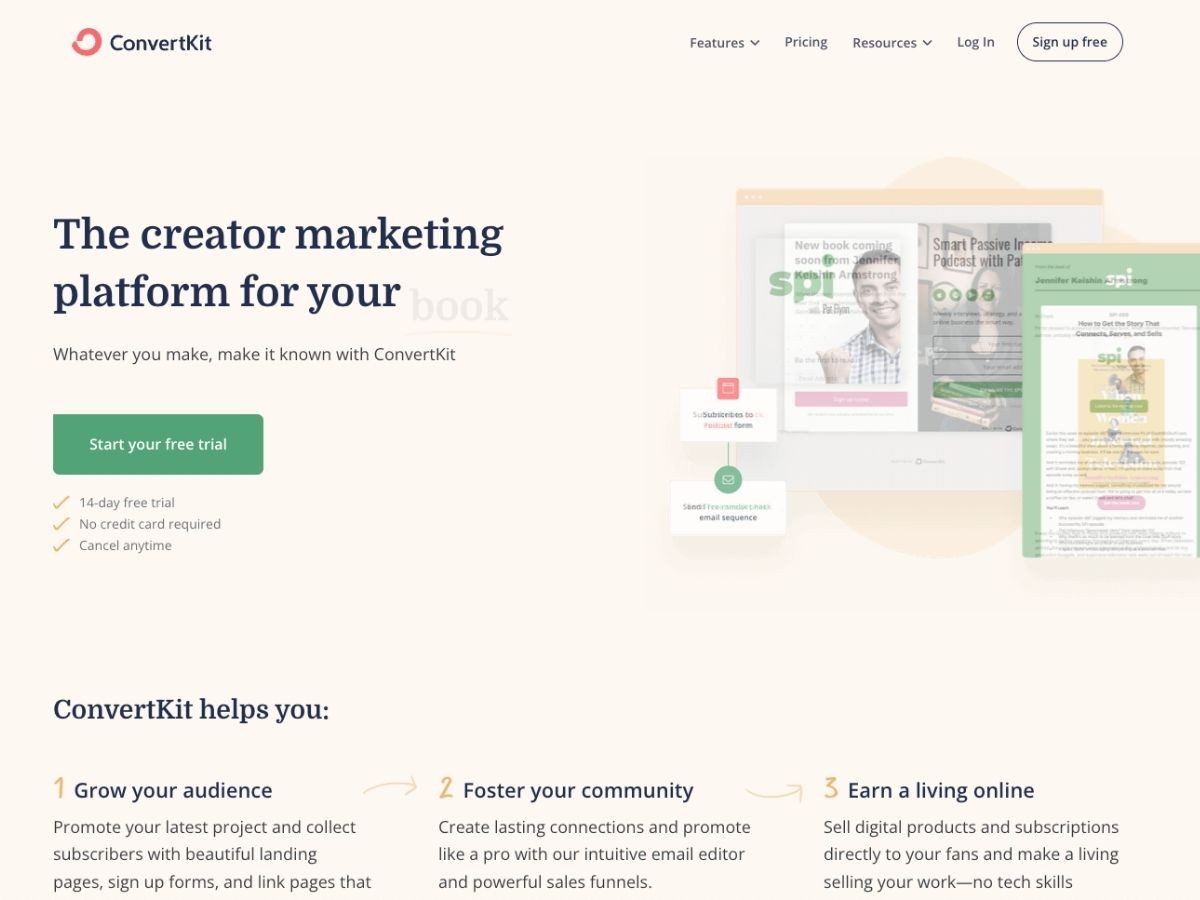
Convertkit is a marketing automation tool that delivers a simple solution for creating drip email campaigns to automatically send emails to new subscribers. The tool is perfect for users looking to create a landing page to launch an email newsletter – and it’s easy to do so.
Key features:
Email and mobile preview
Manage email lists
High-volume sending
Building and personalizing emails
Manage email deliverability
Automated email responses
Multi-user account
Surveys
A/B testing
Basic reporting
8. KickoffLabs
Known for: Lead collection for newsletters, launches, events, discounts and more.
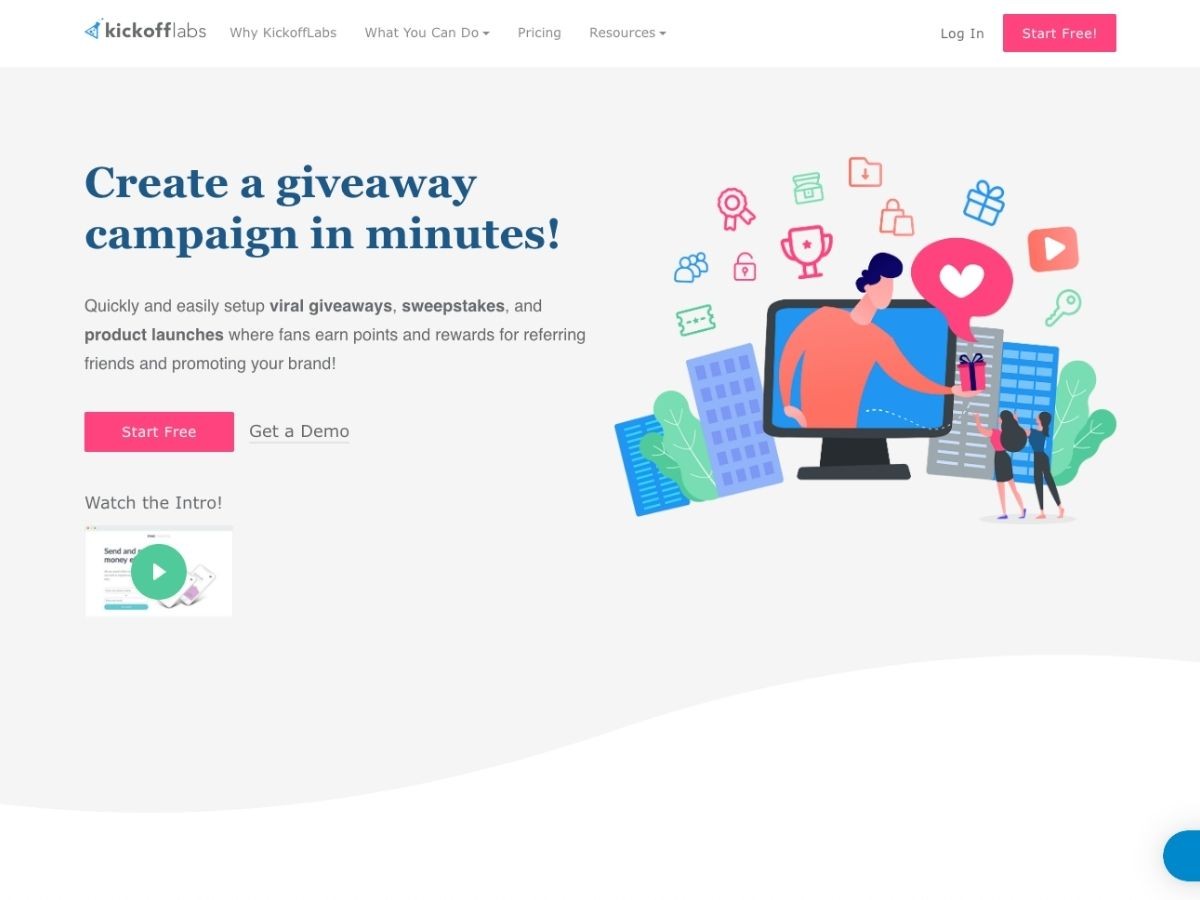
KickoffLabs offers lead generating landing pages, opt-in forms, and launch pages. It has in-built referral tracking and email marketing functionality to enable marketers to easily measure the performance of their marketing efforts.
Key features:
A/B testing
Drag and drop
Form builder
Landing page builder
Referral generation
Customizable templates
Lead data and campaign analytics
Basic reporting
9. Wishpond
Known for: Landing pages, contests, and lead tracking.
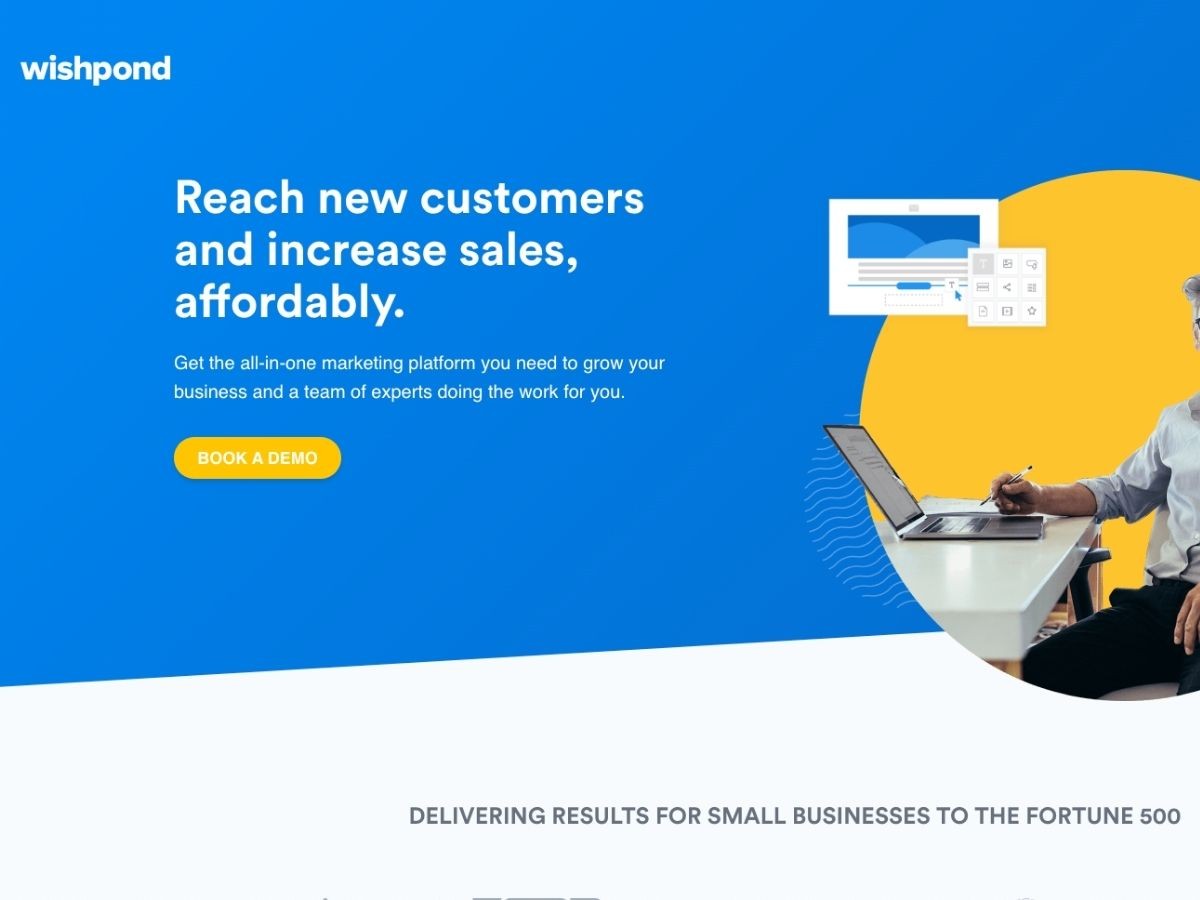
Wishpond is a platform of tools for lead generation and marketing automation. It enables marketers to build landing pages, forms, and contests/promotions, and automates marketing processes.
Key features:
Building and personalizing emails
Sending outbound emails
Automated email responses
Manage email deliverability
Landing pages and forms
Mobile optimized
Marketing lead database
Marketing lead database
Basic reporting
Templates
10. Wix
Known for: Customizable templates.
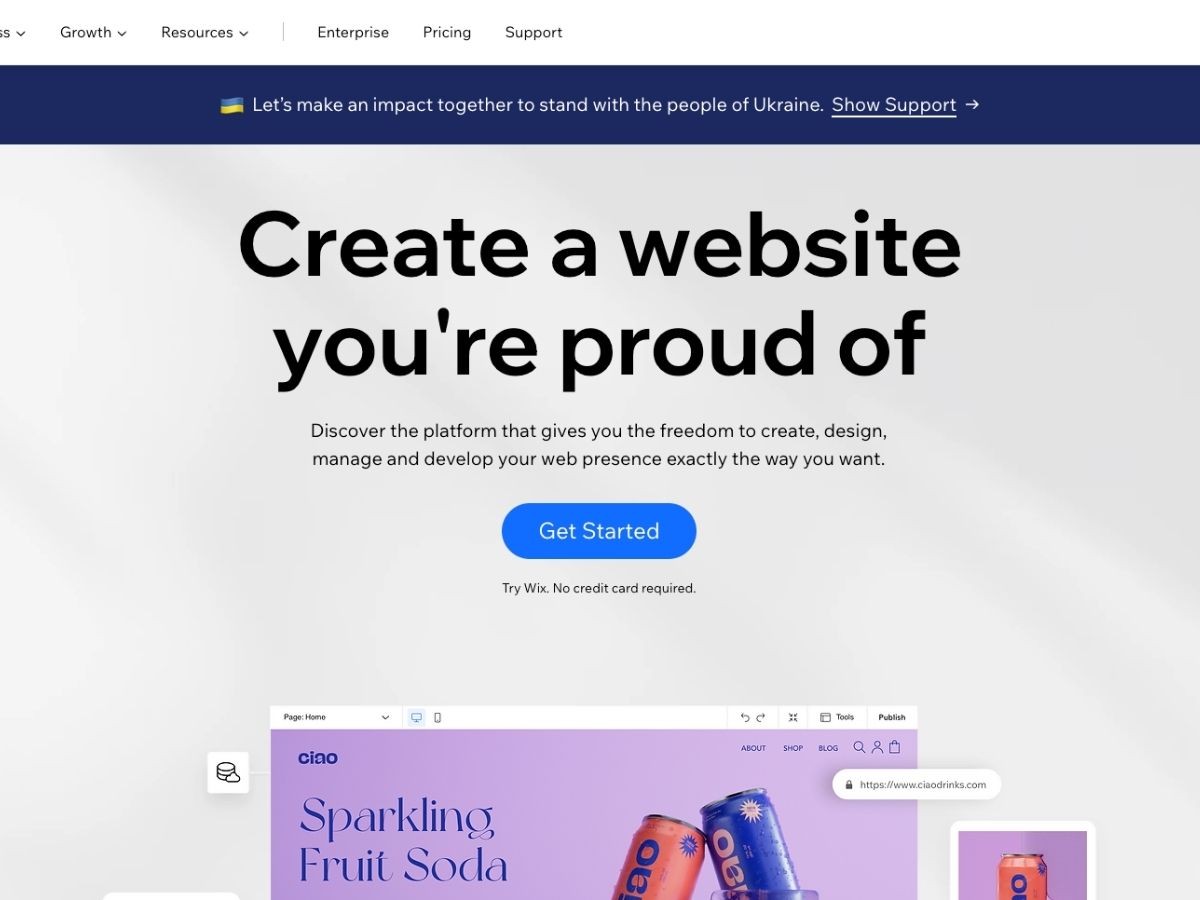
Website development platform Wix enables users to build a website using cloud-based creation and management tools. Users have access to hundreds of customizable templates that are easy to use with a drag and drop tool.
Key features:
Templates
Domain name
Drag and drop
HTML input
SEO
Site analytics
Marketing tools
Ecommerce
Hosting
Email integrations
Content management
WordPress tool
Final word
Landing pages are a critical component of a strong marketing strategy, and a landing page builder can accelerate those all-important conversions.
Author

More by Ellie Wiseman
Ellie Wiseman has no more articles
